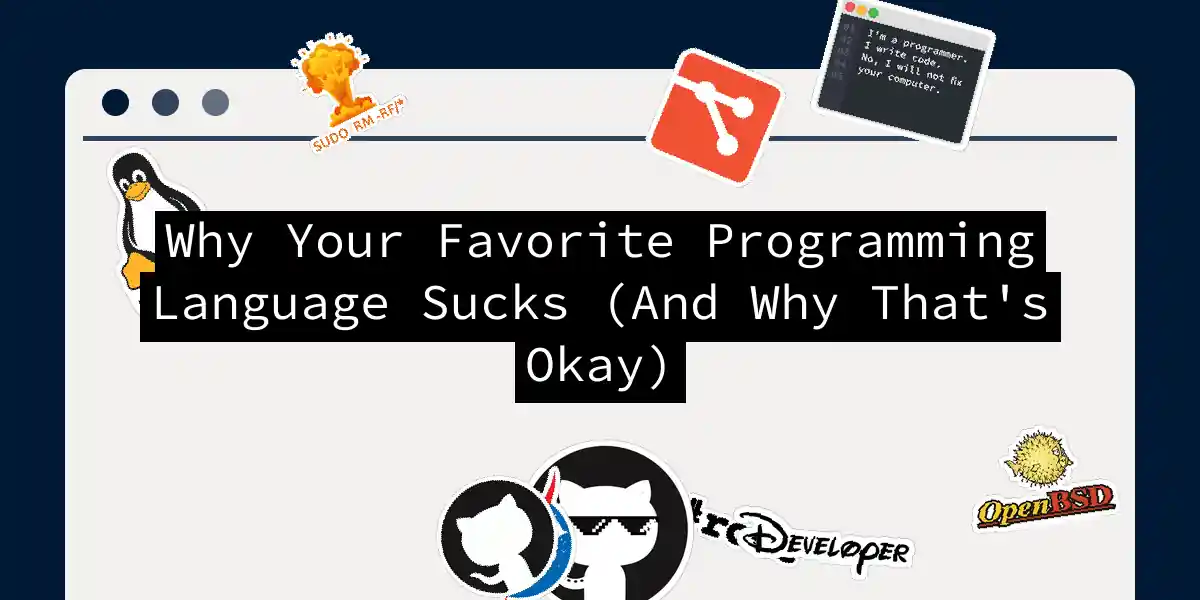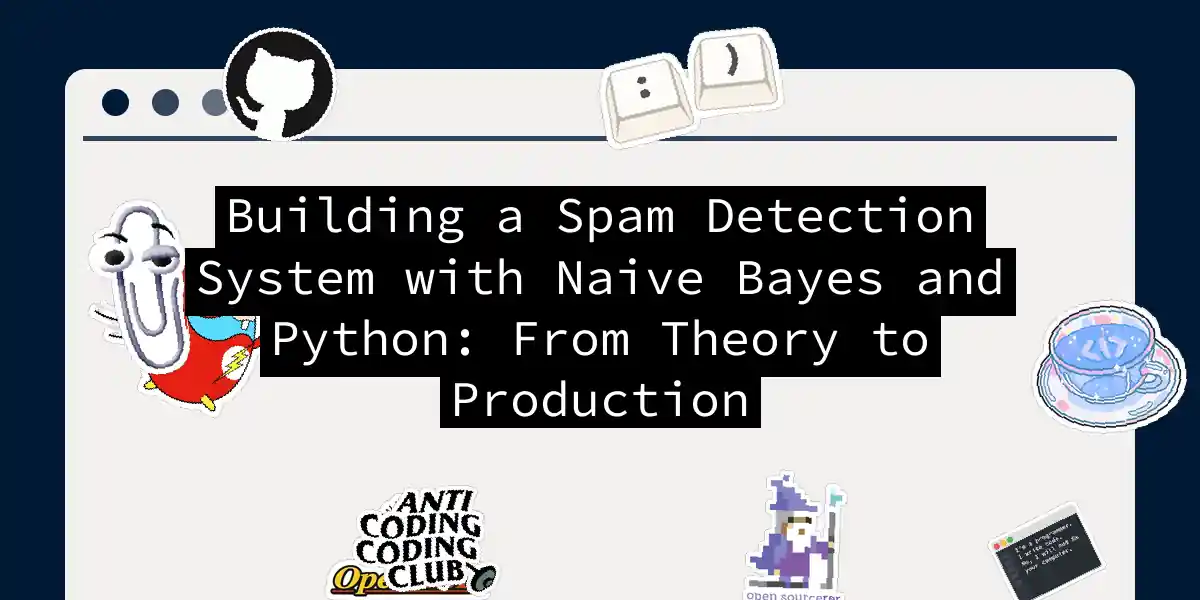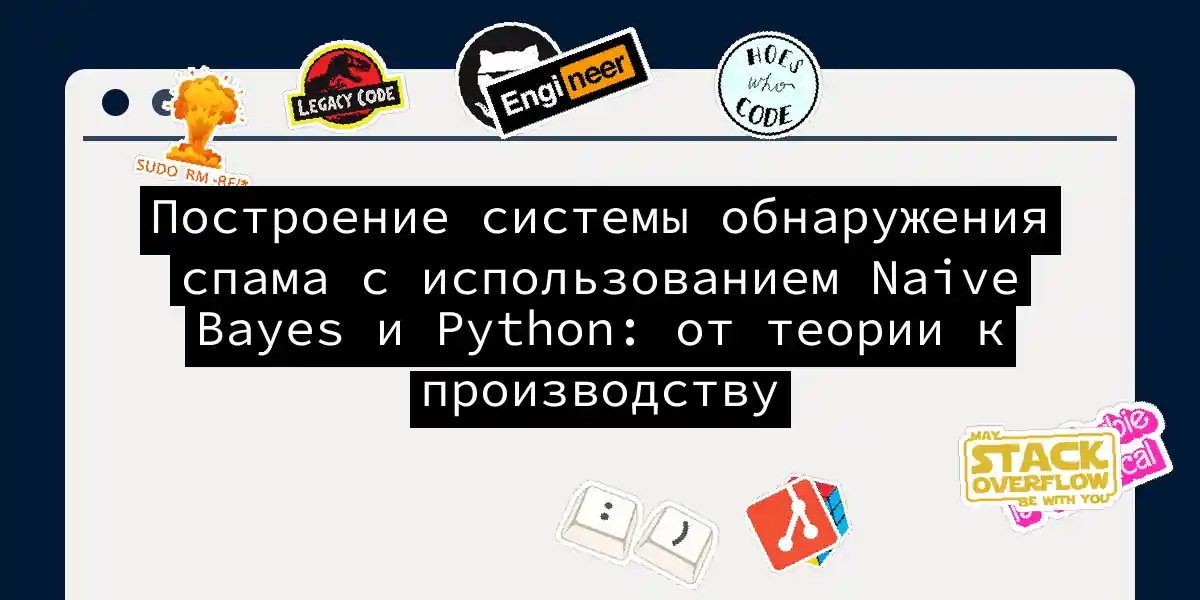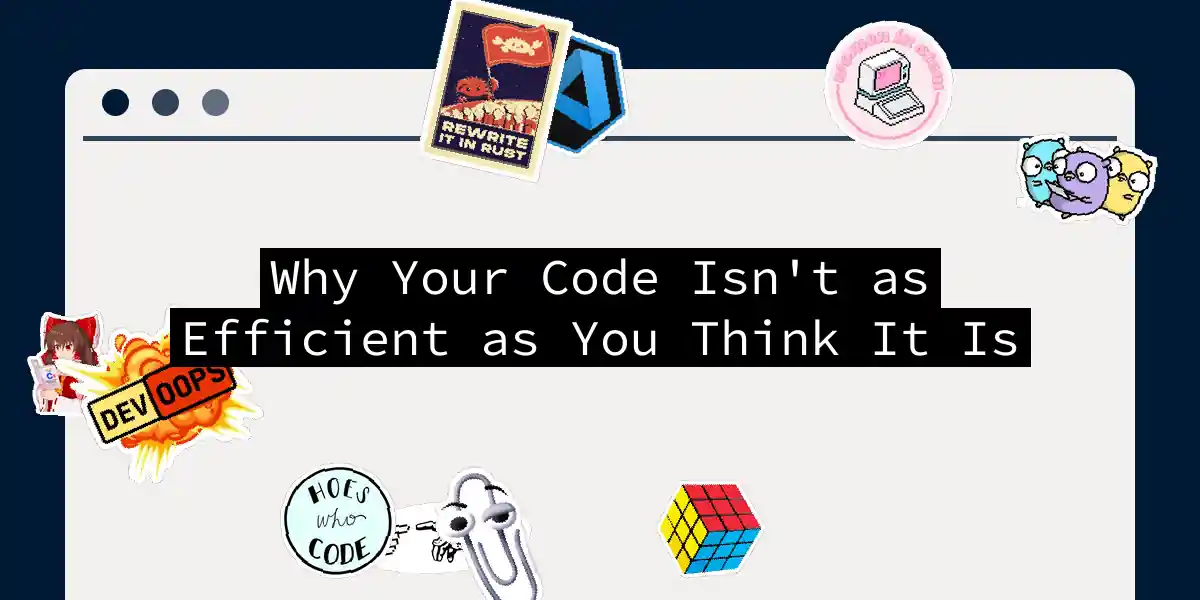
Why Your Favorite Programming Language Sucks (And Why That's Okay)
Let me be honest with you: your favorite programming language is terrible. So is mine. So is everyone else’s. And you know what? That’s perfectly fine. We’re living in an era where developers treat programming languages like sports fans treat their teams. “Python is for data scientists,” someone declares. “JavaScript will rot your brain,” mutters a C++ programmer. “Go is the future,” insists a DevOps engineer. Meanwhile, all these languages are out there just doing their jobs, blissfully unaware that they’ve each inherited a dedicated tribe of defenders and detractors....



